Video Spotlights
|
The quality of the video depends on the speed of your connection to the Internet. The length of each video is given in minutes and seconds (mm:ss). We appreciate your comments about each of the videos. You can also watch these videos on Maryland Sea Grant's YouTube Channel. |

|
Down on the Oyster Reefs [2:55]
|

|
Rebuilding the Bay's Reefs [1:48]
|

|
A Chinese Oyster for the Chesapeake? [5:24]
|

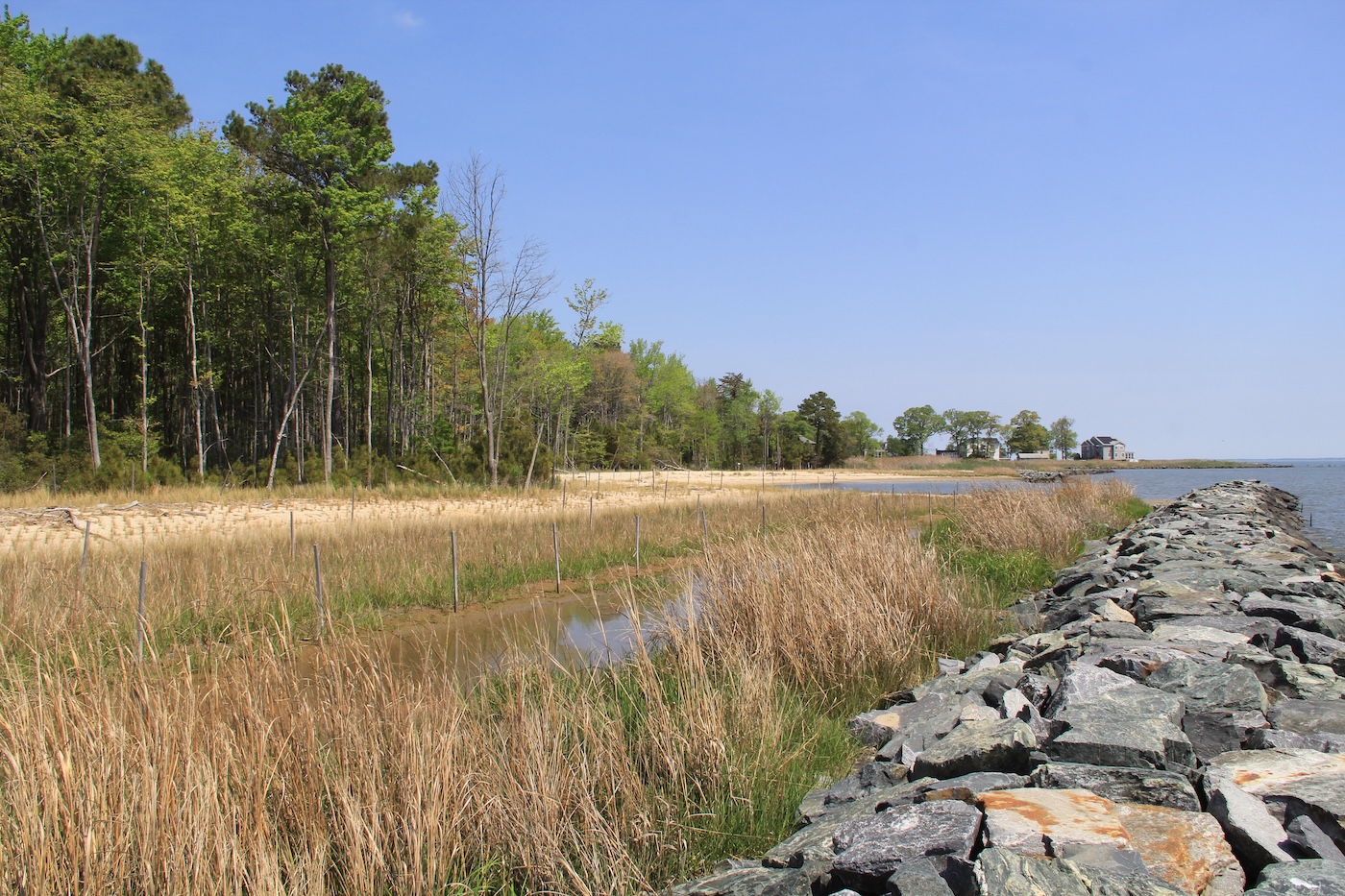
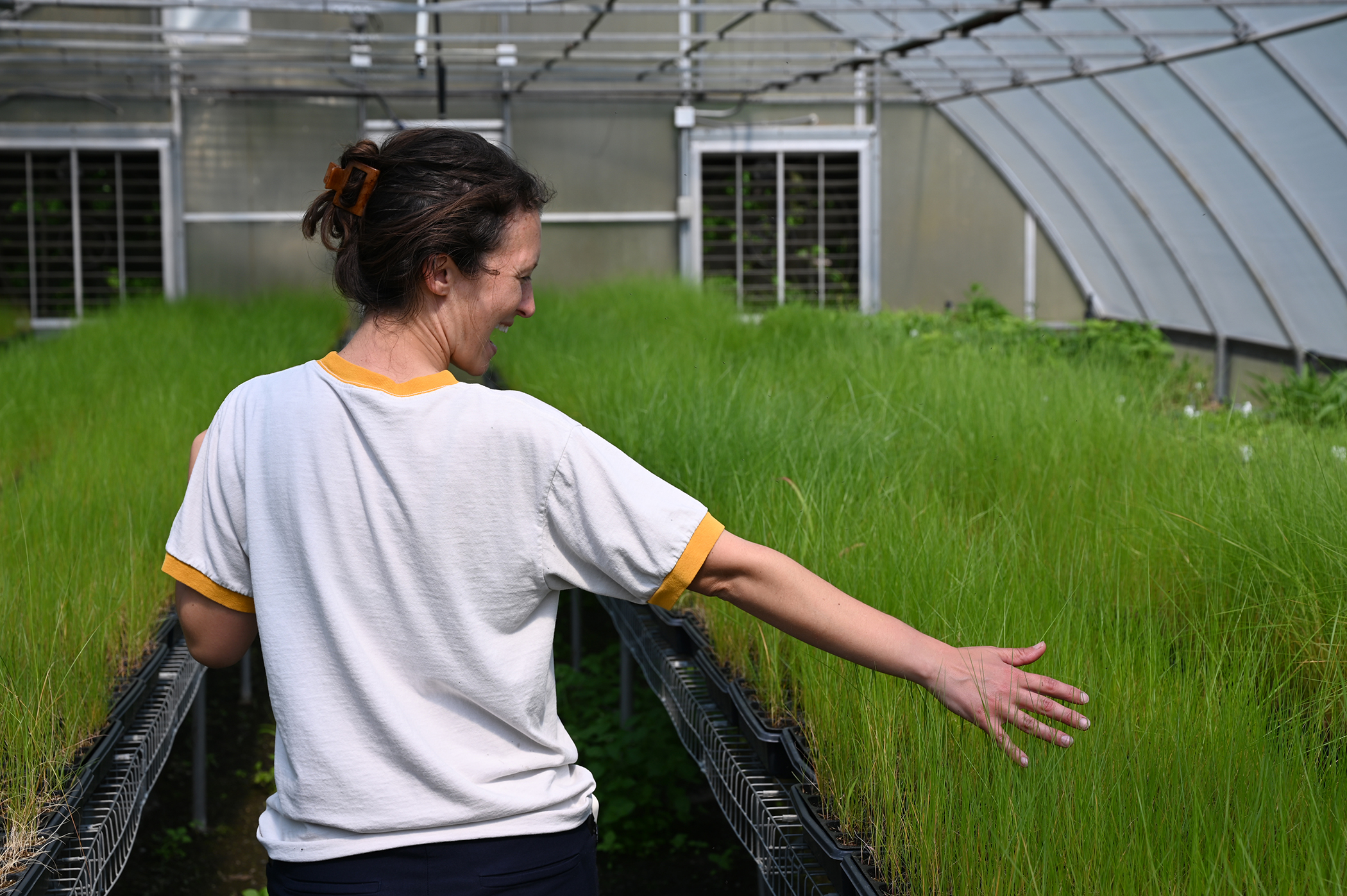
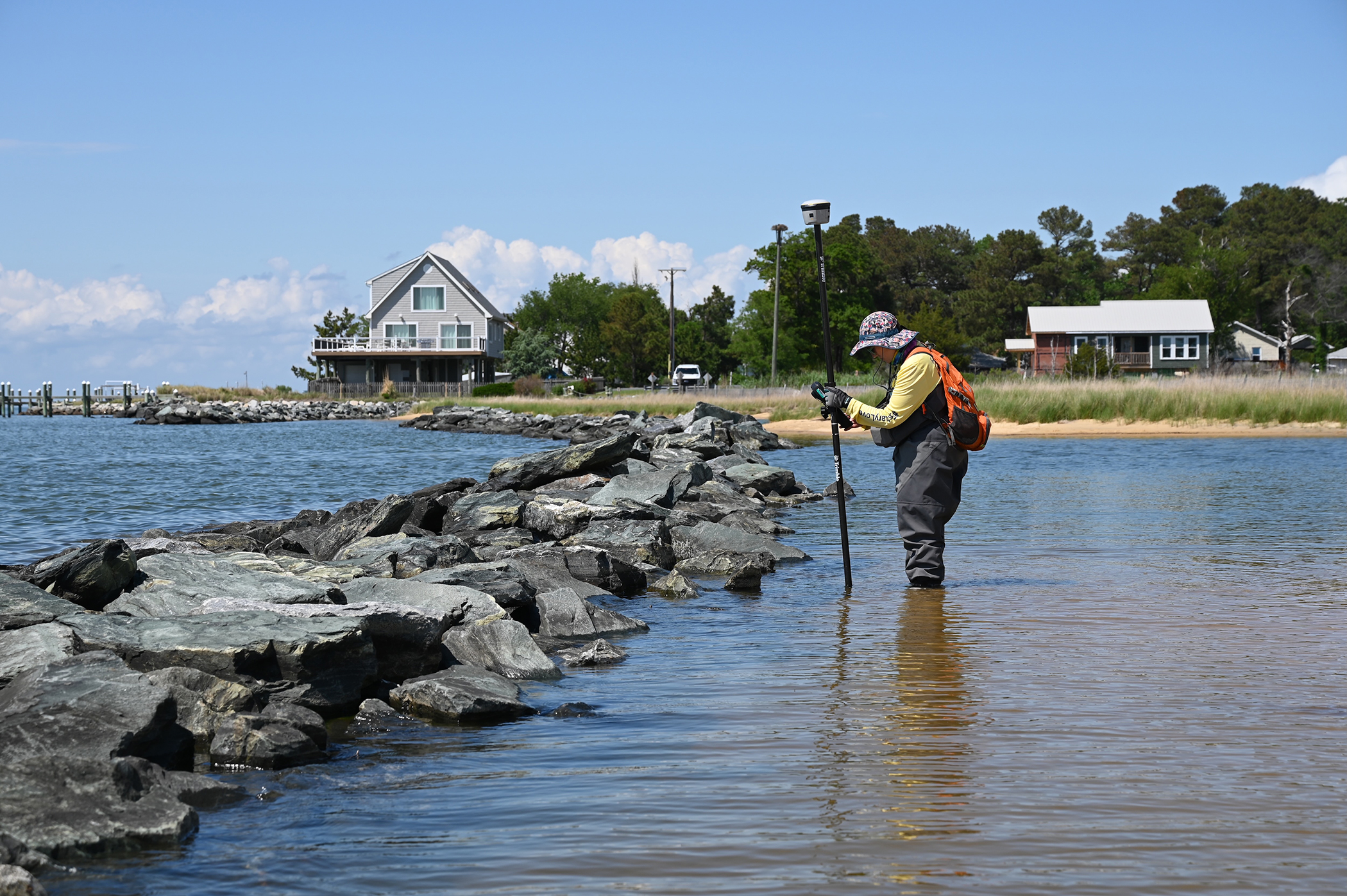
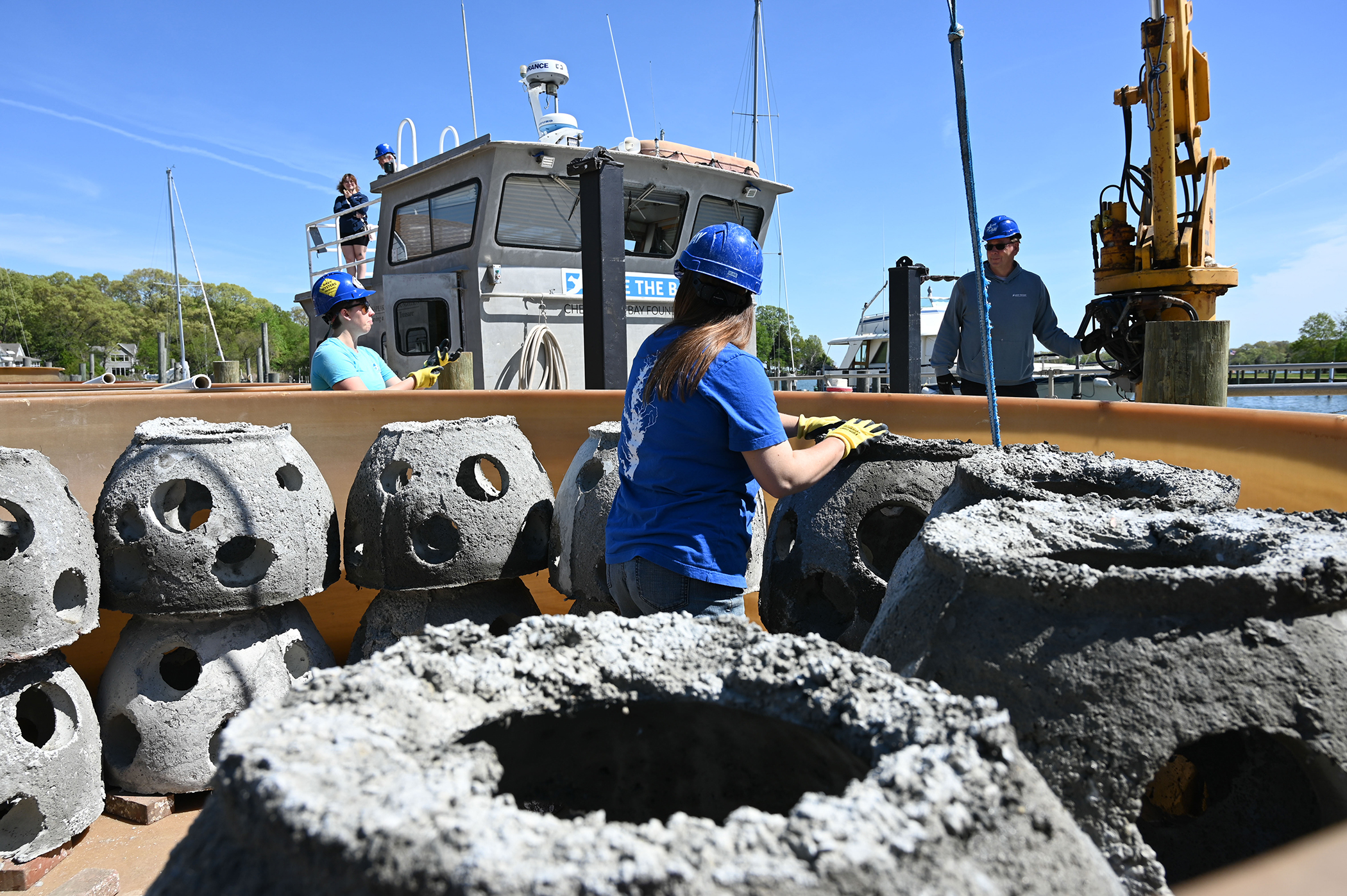
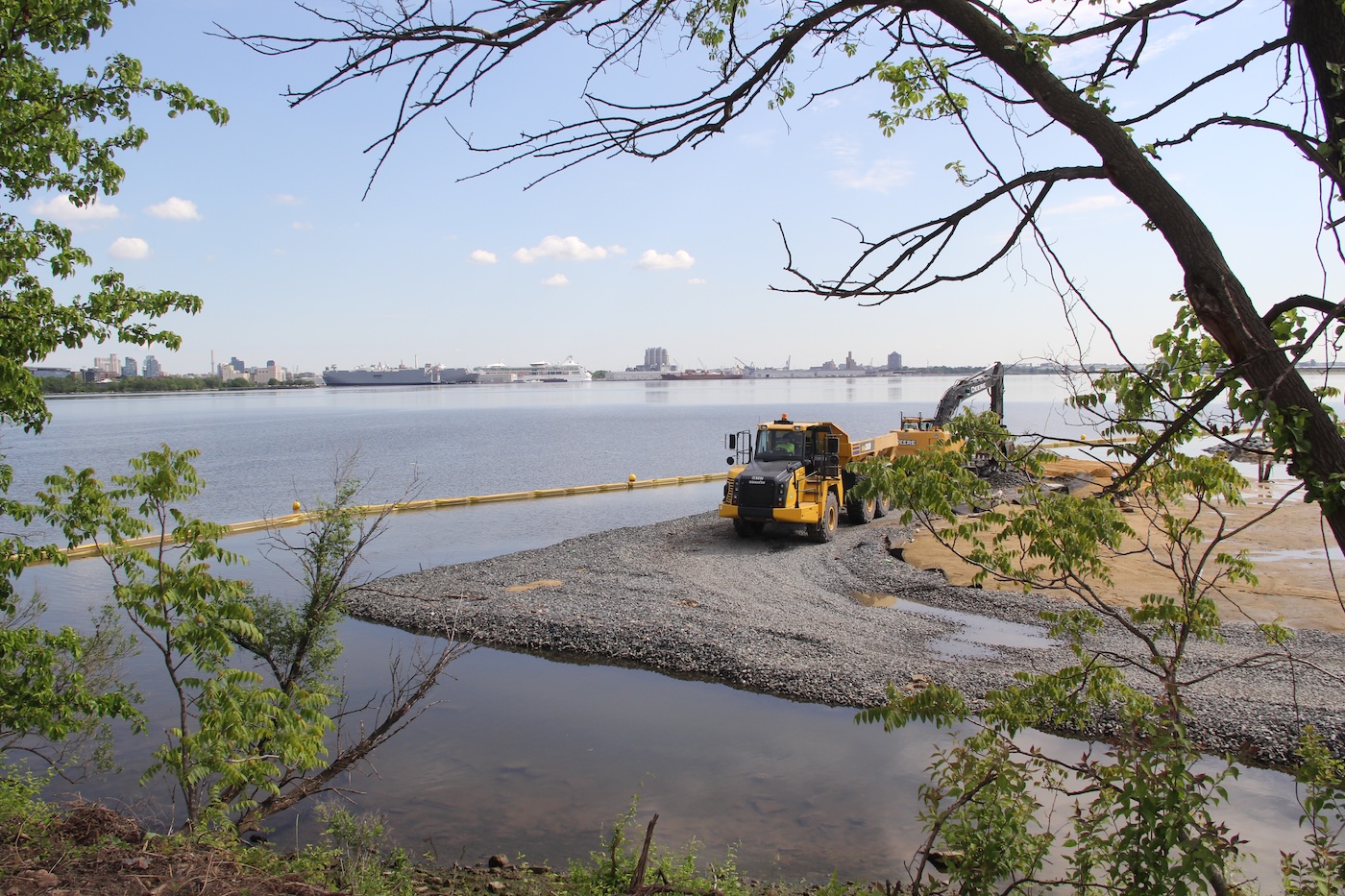
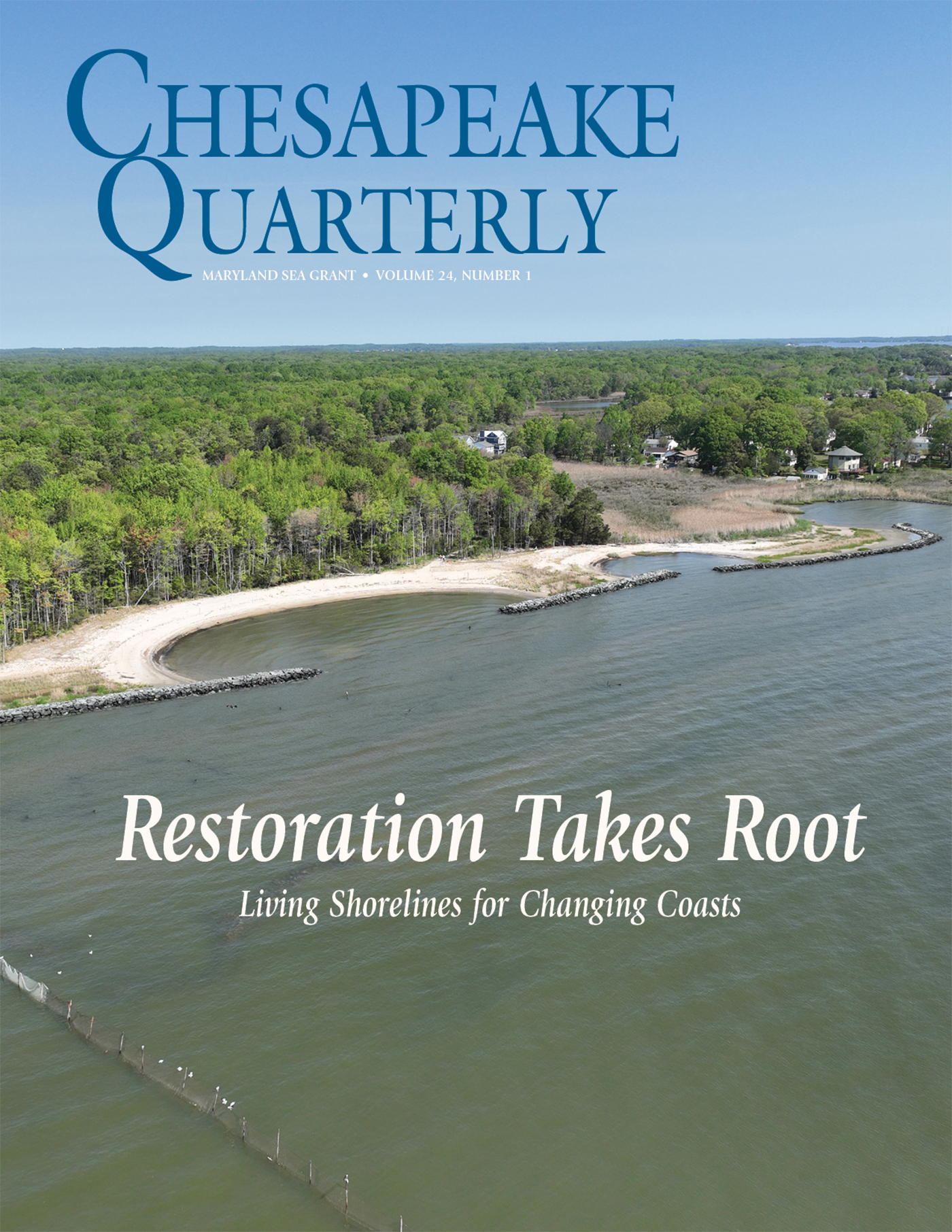
![[Maryland Sea Grant]](/images/uploads/siteimages/CQ/MD-Logo.png)